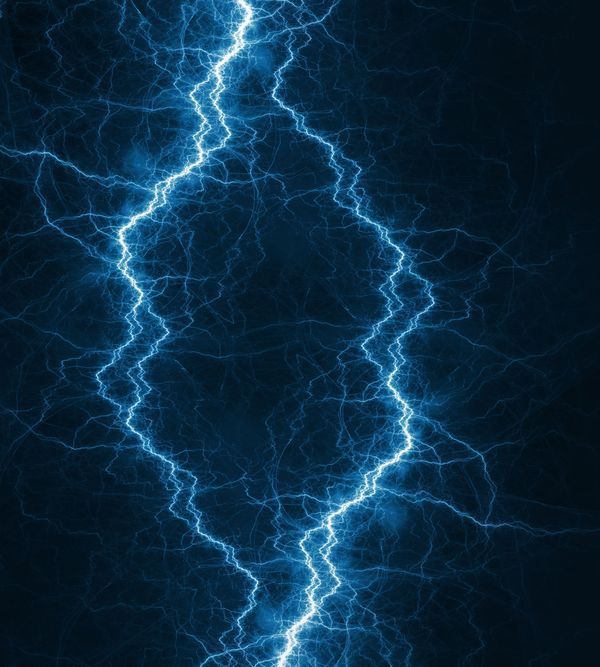May 29, 2020
Making matter out of light: high-power laser simulations point the way
Posted by Quinn Sena in categories: engineering, military, particle physics
A few minutes into the life of the universe, colliding emissions of light energy created the first particles of matter and antimatter. We are familiar with the reverse process—matter generating energy—in everything from a campfire to an atomic bomb, but it has been difficult to recreate that critical transformation of light into matter.
Now, a new set of simulations by a research team led by UC San Diego’s Alexey Arefiev point the way toward making matter from light. The process starts by aiming a high-power laser at a target to generate a magnetic field as strong as that of a neutron star. This field generates gamma ray emissions that collide to produce—for the very briefest instant—pairs of matter and antimatter particles.
The study, published May 11 in Physical Review Applied offers a sort of recipe that experimentalists at the Extreme Light Infrastructure (ELI) high-power laser facilities in Eastern Europe could follow to produce real results in one to two years, said Arefiev, an associate professor of mechanical and aerospace engineering.


















